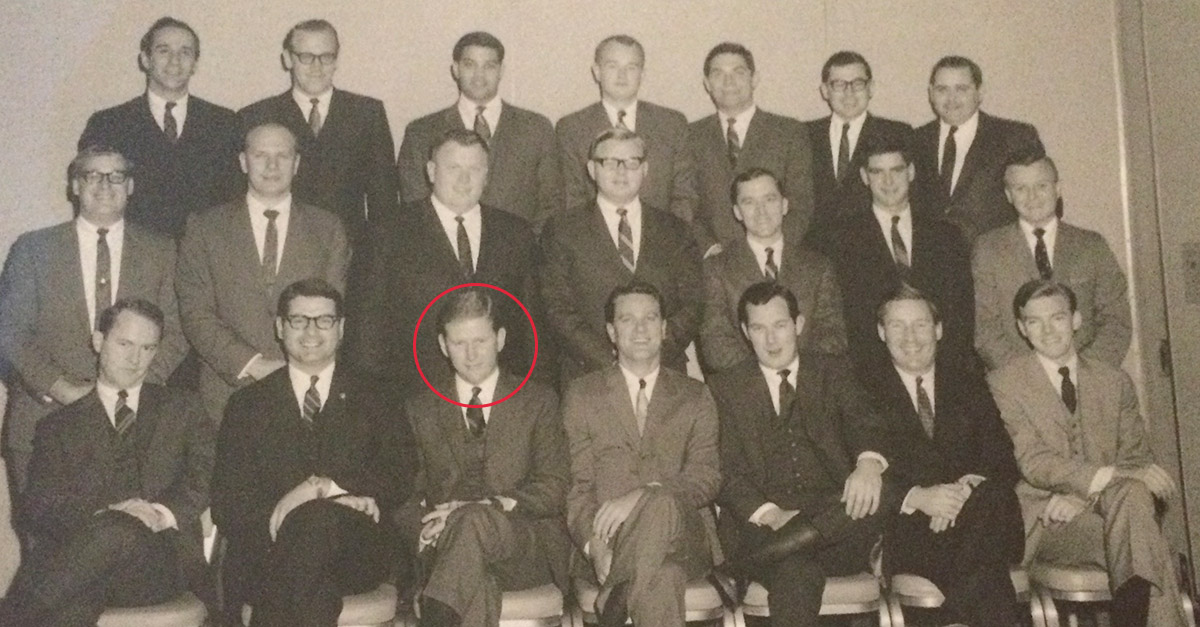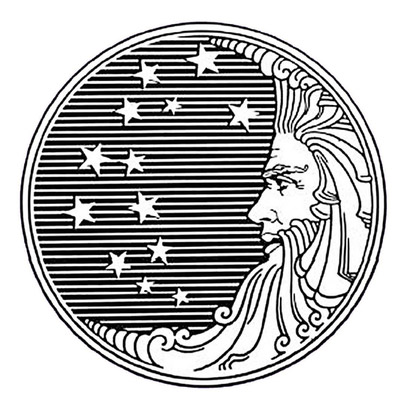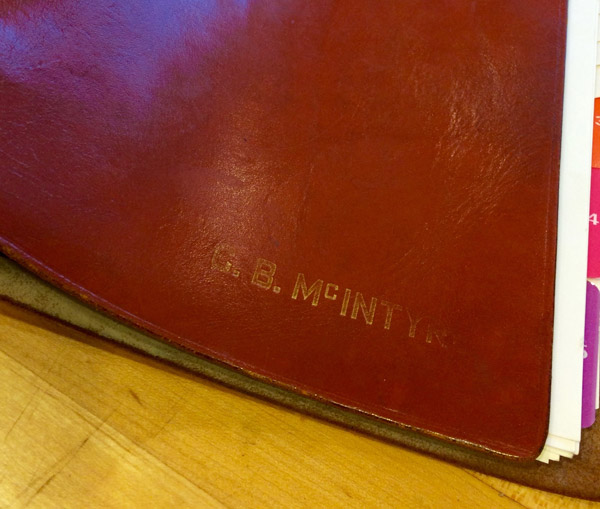
“Humans have a knack for choosing precisely the things that are worst for them.” – J. K. Rowling
Procter and Gamble was good for me, teaching me rules I used over my long business career and even in my life today.
My first boss, that’s him on my left, had two rules of his own that I adopted. One was good, but the other – maybe not so much.
Business was old school in 1963, especially away from the office, no calculators, no computers, no cell phones – everything was by hand.

Always at-the-ready in my suit jacket – yes, suits were required, some still wore hats! – was my monthly planner and my P&G mechanical pencil.
The planner was for appointments, phone numbers…the pencil was for …well, you know what it was for.
It was a mechanical pencil with a replaceable eraser because mistakes were part of the company – they were celebrated – the lessons learned from mistakes were important.
With no laptops or smart phones, we carried a Fact Book to organize everything.
Think of it as a primitive Google – just open your Fact Book, go to the right sheet, bingo!

Later, in management, I was given the coveted brown leather binder with my name embossed with gold leaf; it replaced my black Fact Book with the P&G moon and stars on the cover.
Every fact I needed was in that binder – and it was always on hand – we were fact-based before the term was even coined. Over time, my Fact Book got thicker and thicker until one day, the binder would not fit in my manager’s Snap-Pak briefcase.
My boss, a tennis player who grew up in Southern California and still played year-round in Cincinnati except on days when snow closed the courts, saw me struggling to fasten my case. He offered some advice. I listened because I admired his knowledge, his year-round tan, and his skinny Fact Book.
Bob Henderson had two rules on the subject. First, he used his P&G mechanical pencil with it’s #2 soft lead to write the date in the upper corner of each sheet of paper as he added it to his Fact Book. He then made a checkmark next to the date each time he referred to that sheet.
Every six months, he reviewed his growing Fact Book. When he found a page with an old date and no checks – out it went. If the sheet had multiple checks it needed an isinglass protective cover because of it’s obvious importance.
Bob always had the thinnest Fact Book, and the best tennis game, at P&G.
Second was his 50-Foot Rule. Very simply – if someone within 50 feet of him knew the answer, there was no need for him to worry about it.
I used Bob’s first rule right away. The second rule needed to wait until I had people working within 50 feet of me.
In time, as the number of people around me grew, Rule Two kicked in. I began to rely on them for everything – fixing my new computer, locating a document, making an appointment or reservation …
I began to use Rule One less, collecting things I did not need; and Rule Two more – becoming increasingly dependent on others.
Now, over half a century later, I realize, I need to go back to Rule One and forget Rule Two. It’s time to have less stuff – and be more self-sufficient.
I also need to find Bob Henderson – to ask about his tennis game – and to ask if he has any new rules for me.
What about you – do you hang onto things? Or can you see that fewer things might be good for you?
Was there a point in your life when others did too much for you, or maybe still do? Would it be better to learn on your own?
Tell me about the rules you have stopped following and why you got rid of them.
As always, the conversation starts here.
“In the ordinary choices of every day we begin to change the direction of our lives.” – Eknath Easwaran
Epilogue
Do you remember Ivory soap commercials?
Ivory Soap dates back to 1879. One particular early batch floated in the bath water – there had been a mistake, company folklore taught us. A worker had fallen asleep and accidentally left the mixing machine running … the added air made the soap rise to the surface in the tub.
A floating bar of soap was a big deal in the days of a Saturday night bath after a full week in the factory or fields. Appreciative letters about the floating soap inundated the company – soon the errant worker stepped up. P&G ordered the extra mix time as a standard procedure.
That was a story we used as part of our culture to celebrate the value of mistakes … until 2004, over 100 years later, when a P&G archivist found documentation revealing that chemist James N. Gamble, son of the founder, had discovered how to make the soap float and noted the process in his writings.
I still like the folklore story better.

Bruce, My most memorable Rules were more like admonitions. In my early employment days, I was a trainee at Ivey’s Department store. First as assistant buyer, then department manager over the Men’s department at South Park store, then promoted to buyer of Men’s furnishings for the then 13 store chain. This was the typical path for management trainees. I worked my tail off, and pushed everyone around me to do likewise. At the point when I was the Men’s department manager at South Park, the store manager came to see me. He was a superb leader and manager, and I… Read more »
Curt –
The Ivey’s Store Manager did you a big favor. You were obviously doing a super job to have caught his eye. He gave you an example of leadership that you still use – his advice served you well over the years.
Pats on the back, rather than kicks in the pants, work best for me. Although a kick may be necessary to get my attention now and then. 🙂
Thanks for being part of the conversation.
– Bruce